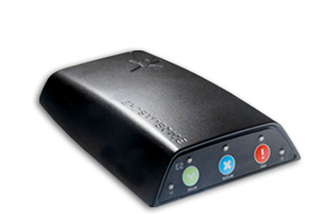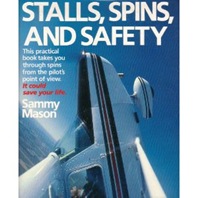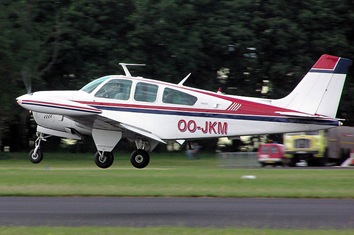Should the worst happen while flying, getting found quickly will be critical – especially if you or your passengers have suffered injuries. Hence, a lengthy post by Rob Stapleton for the AlaskaDispatch’s Bush Pilot blog about devices to help a downed pilot get found is well worth reading – even if you do not fly over areas as remote as Alaska.
Rob began his post by noting that according to avionics installer Gary Bennett, the emergency locator transmitter or ELT is damaged or does not transmit in about 70% of accidents – a startlingly high statistic. Hence and in such incidents, only a search and not a rescue is possible and by the time an aircraft is found, it might already be to late. In fact, that is exactly what happened in the August 9, 2010 accident that claimed the lives of former US Senator Ted Stevens and four others.
Rob then went on to describe a couple of options that pilots have to increase their chances of being found. This included the new Spidertracks systems that were developed in New Zealand. These devices are about the size of a radar detecting device on most cars and can send out a signal as many times per flight as programmed to do.
However, the Spidertracks units also require purchasing a unit and subscribing to the service with various pricing plans. Hence, the cost of the units can vary from US$1,000 to US$1,800 plus the subscription service, which can work out to about US$2 to US$3 per flight hour.
In other words, such units may not be cost effective for UK based pilots who fly over heavily populated areas but they are certainly well worth considering by any pilot who regularly flies over more sparsely populated areas. After all, ensuring that you can be quickly found should the worst happen can mean the difference between life and death.


